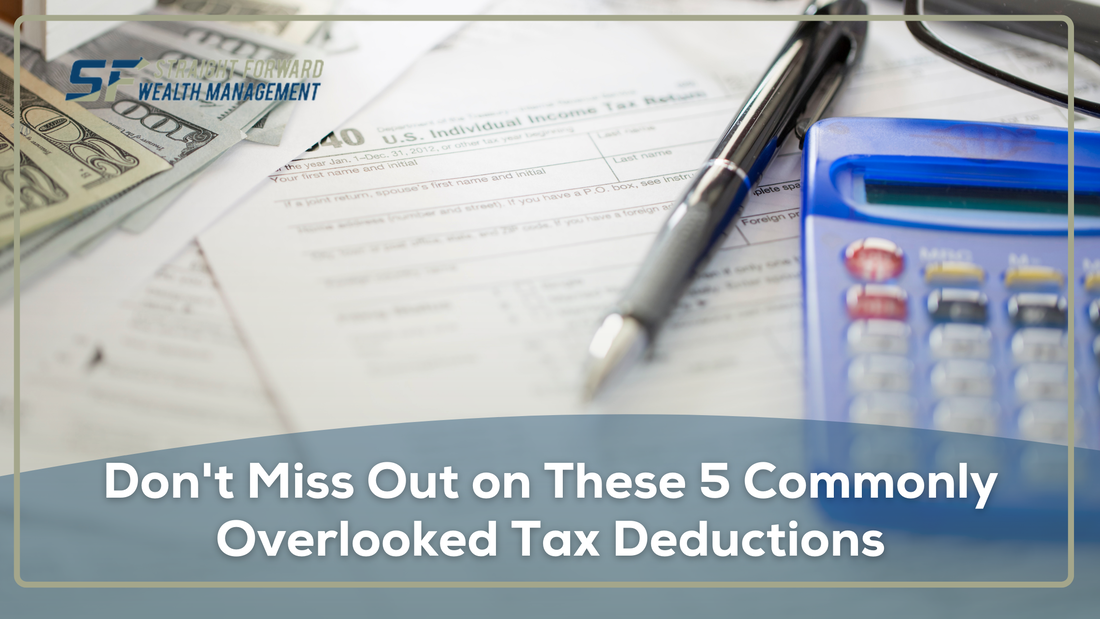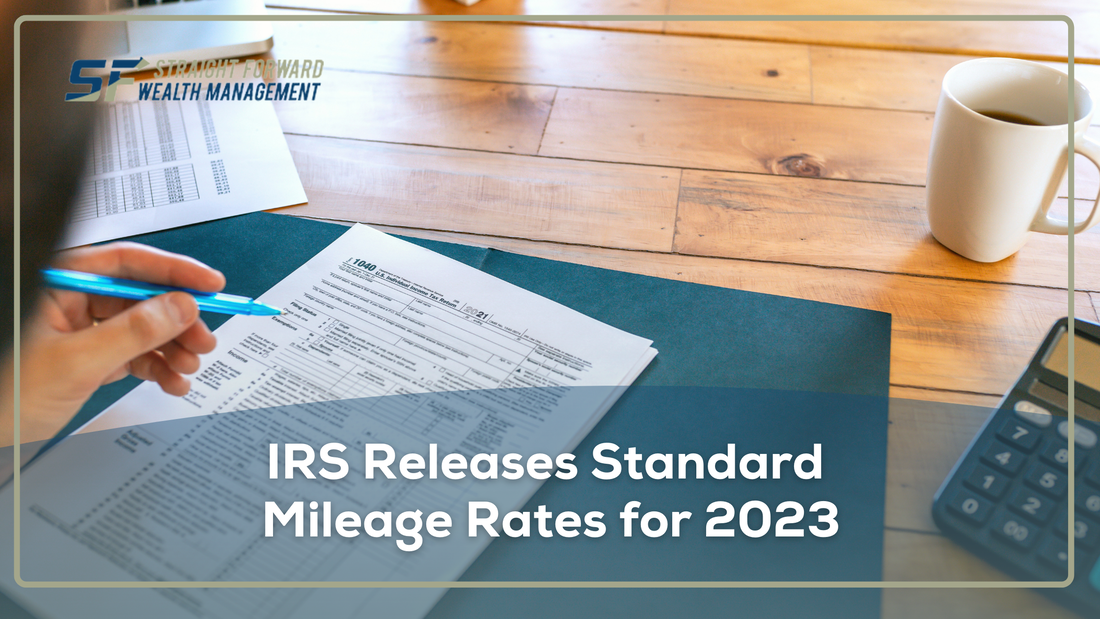When you own a business, you get to deduct business expenses from your business income. This general rule applies, subject to certain limitations, whether you are a sole proprietor with employees or a self-employed freelancer working in the gig economy. The Internal Revenue Service (IRS) allows you to claim tax deductions for expenses that are necessary and ordinary for your business.
While many of these tax deductions are obvious, others are more obscure. Here are five commonly overlooked tax deductions.
1. Health Insurance Premiums
When you are self-employed, you may claim a tax deduction for health and long-term care insurance premiums. A current or former employer must not pay these insurance premiums.
You may write off Medicare Part B premiums as a business expense. You may claim a full health insurance expense deduction for yourself, your spouse and your children's premiums.1
2. Interest
You may deduct interest as a business expense as long as the expense is for your business. For instance, if you buy a building for your business, the interest on that mortgage is deductible. If you use your personal vehicle half the time as a business vehicle, you may write off half of the interest on your car loan as a business expense, as long as you choose to itemize auto expenses (not take the standard mileage deduction).
Similarly, if you charge business purchases on a credit card, you may also deduct the interest you incurred on that card.
This business interest deduction is subject to the IRS section 163(j) limitations of a business having less than $25 million in annual gross receipts and not being a tax shelter. The limitations do not apply to excluded businesses, such as self-employed service providers and certain businesses that request exceptions, such as farms.2
3. Education Expenses
Education expenses are deductible if they directly relate to your business. You cannot get a four-year college degree and write it off as a business expense.
However, costs for seminars, workshops, and classes related to your business are generally deductible. If you buy a book or subscribe to a magazine to learn more about your industry that may be deductible too.3
4. Cell Phone Bills
If you are self-employed, once you use your cellphone for business, it may become a deductible business expense.
As a self-employed person, here is how to figure out how much of your cellphone bill is deductible. First, estimate how much of the time you use the phone for personal use versus business use. Then, multiply the business use percentage by your cellphone bill to calculate your deduction. For example, if your cell phone costs $1,200 per year and you use it 25% of the time for work, your deduction might be $300.
If you are an employee, unreimbursed business expenses, such as personal cell phone use for business, are not deductible.4
5. Meals
You may deduct a portion of the cost of certain meals. Suppose you take your accountant out for coffee; that is deductible as long as you talk about business. Or if you have a business partnership and you go out with your business partner for dinner to discuss your marketing plan, your meal's cost is deductible.
The expenses must be reasonable, not extravagant and may be subject to limitations. If you purchase the meal from a restaurant, it is 100% deductible. If not, the cost is 50% deductible.5
Unfortunately, eating alone is not a deductible expense for the self-employed, even if you work while eating.
However, you may deduct a portion of the meal expenses when you travel, subject to limitations. The limitations are 50% of the actual cost or 50% of the IRS standard meal allowance.6
Important Disclosures:
The opinions voiced in this material are for general information only and are not intended to provide specific advice or recommendations for any individual.
This information is not intended to be a substitute for specific individualized tax advice. We suggest that you discuss your specific tax issues with a qualified tax advisor.
All information is believed to be from reliable sources; however LPL Financial makes no representation as to its completeness or accuracy.
This article was prepared by WriterAccess.
LPL Tracking # 1-05345916.
Footnotes1 The Self-Employed Health Insurance Deduction: A Valuable Personal Deduction
https://www.nolo.com/legal-encyclopedia/the-self-employed-health-insurance-deduction-a-valuable-personal-deduction.html
2 Basic questions and answers about the limitation on the deduction for business interest expense
https://www.irs.gov/newsroom/basic-questions-and-answers-about-the-limitation-on-the-deduction-for-business-interest-expense
3 Topic No. 513 Work-Related Education Expenses
https://www.irs.gov/taxtopics/tc513
4 Can Cellphone Expenses Be Tax Deductible with a Business?
https://turbotax.intuit.com/tax-tips/small-business-taxes/can-cellphone-expenses-be-tax-deductible-with-a-business/L6NQvycMO
5 How to Deduct Meals and Entertainment in 2022
https://bench.co/blog/tax-tips/deduct-meals-entertainment/
6 Tax Deductions for Business Travelers
https://turbotax.intuit.com/tax-tips/jobs-and-career/tax-deductions-for-business-travelers/









 RSS Feed
RSS Feed


